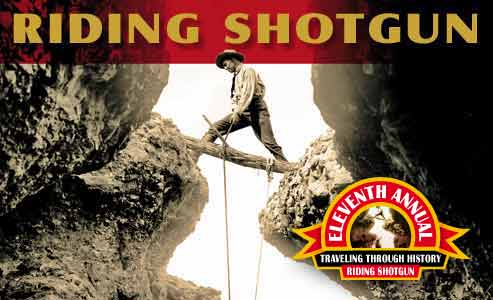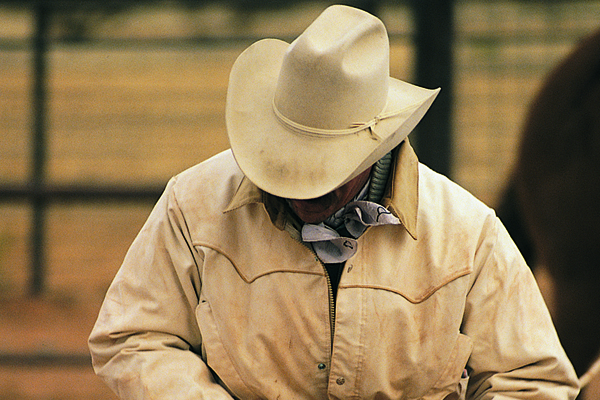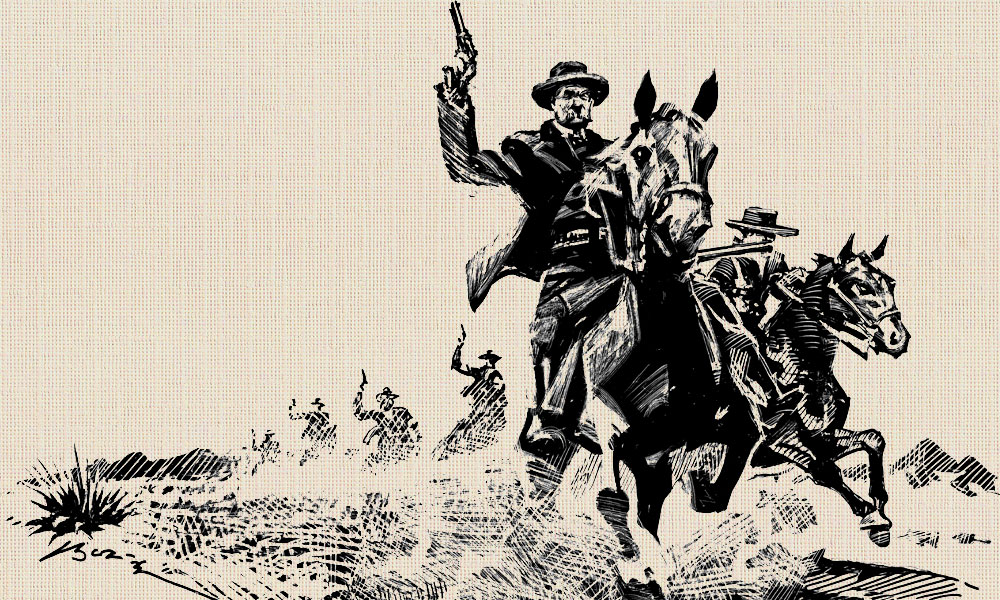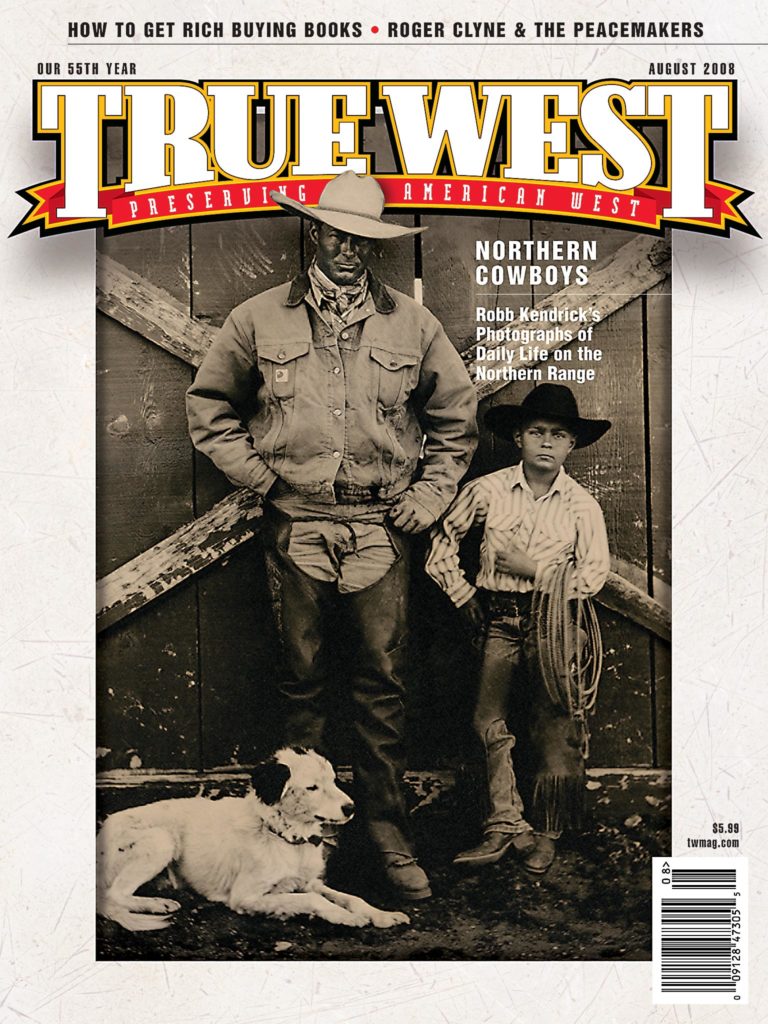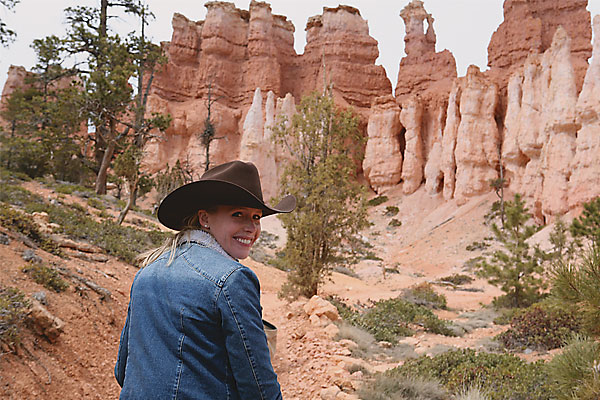
I’ve always wanted to explore Bryce Canyon National Park.
Recently, I was fortunate to be guided by “The Kid,” a black Quarter Horse who’s ridden the Rim Trail a thousand times—a veteran and expert—one who knows exactly what potholes to avoid on the trail for a safe journey.
At a juncture by the Queen’s Garden where the canyon opens up to a sea of hoodoos, spire rock formations weathered by time, I noticed other travelers in the distance, slogging through the soft trail sands by foot. I smiled and patted the Kid, who casually meandered along, letting me focus only on the views.
Some of the best places to ride in the U.S. are our nation’s parks. I recommend starting with the parks listed here.
Bryce Canyon National Park: The stunning sea of hoodoos in this Utah park will be here for another few million years, so you still have plenty of time to take in this colorful park on horseback. You can bring your own horse or let Canyon Trail Rides guide you through a tour of the park. This is a spring, summer or fall ride, as a good bit of snow in winter makes some trails impassible.
I rode here in the spring when the hoodoos were still spattered with snow, making the varied rusty red and pink colors stand out even more. The Paiute believed that these hoodoos were people who had been turned to stone. One can visualize this readily and imagine other creative images in the hoodoos while descending about 1,000 feet from the rim to the crater floor.
If you’re bringing your horse here to ride, make sure to coordinate with Canyon Trail Rides. As many riders know, unfamiliar horses don’t always get along with each other.
You’ll want to be prepared for the changing altitudes in Bryce by keeping yourself and your horse hydrated. Pack layers, because the weather can change here on a dime.
Haleakala National Park: This ride was one of the most unusual rides I’ve ever taken. Haleakala National Park on Maui is really diverse. One section is a lush coastal rainforest, and the other an otherworldly volcano crater. Both sections have guided trail rides, with Pony Express Tours leading riders into the crater, and Maui Stables leading riders into old Hawaii and the remote Kipahulu rainforests.
I wouldn’t recommend bringing your horse from the mainland to the far-flung island of Maui. I would recommend heading out with Pony Express, for its horses are conditioned to the changing altitude in the crater. On our ride, I witnessed one woman almost collapse several times as she attempted to hike out of the crater. My horse, on the other hand, was well adapted to the altitude, meaning that if I slathered on sunscreen, drank lots of water and kept my rain gear in case of a sudden storm, I wouldn’t have to worry about passing out during our trip. The crater’s vibrant green and red cinders juxtaposed with the spiky, rare Haleakala Silversword make for unusual scenery.
In Kipahulu, after you brave the more than 600 curves along the Road to Hana, Maui Stables offers a taste of old Hawaii. My guide Keoni learned the ways of his ancestors who lived off of the land in this lush island section. As we rode to a tall waterfall in the rainforest, we picked fresh fruit from the trees, saw a couple of wild cows and climbed to an area to view the bright blue Pacific waters.
Great Smoky Mountains National Park: This western North Carolina and Tennessee border park has its own breathtaking views, natural wonders and lots of room to ride. This is a horse-friendly park where riders have plenty of options. A couple of different concessioners in the park rent horses or you can bring your own. About 550 miles of trails are open to riders and a variety of campsites.
I rode through this park with members of the Eastern Band of Cherokees on their smooth Tennessee Walking horses. Our guide Forrest Parker made me feel like I was riding in someplace really special—his home.
Many of the trails here are shaded and cool. You do have to watch out, as the trails can be steep, rocky and narrow. You’ll find a lot of water here—a nice visual and good for the horses. As we let our horses have a drink in a quiet stream, I watched the purple butterflies and small white, wildflowers moving with the breeze.
Put this park on your list to learn about Cherokee history. The Cherokee were forced out of Cades Cove, Tennessee, and walked the “Trail of Tears” once gold was discovered there in 1828. The Eastern Band that hid out during this removal reclaimed some land in North Carolina in 1889.
When I ride in parks and anywhere else, I make sure to practice, “leave no trace of travel.” Our national parks are treasures that we want everyone to be able to enjoy and leave unscathed.
Lots of other great national parks exist across the U.S. It could certainly take a lifetime to explore them all, but what a beautiful lifetime that would be, especially if it’s on horseback.


